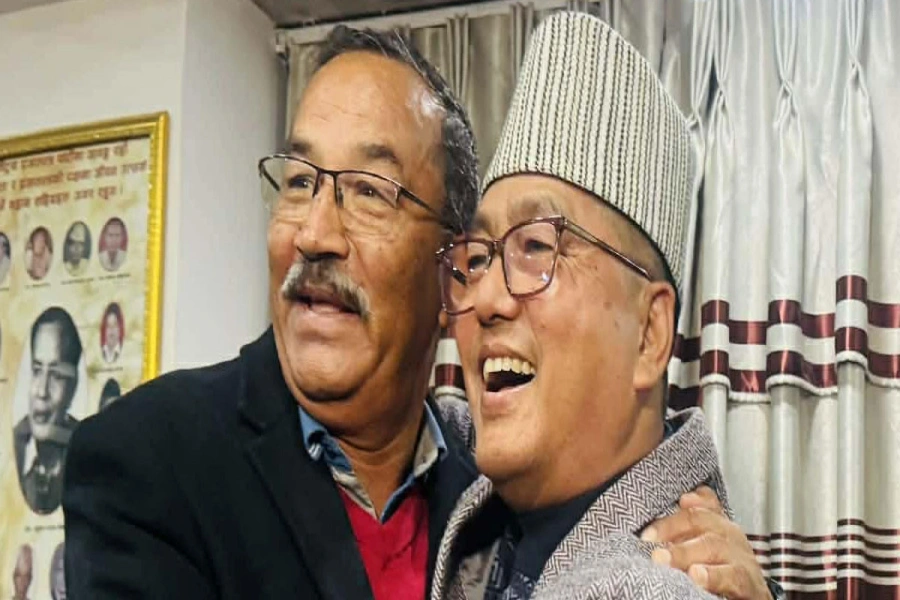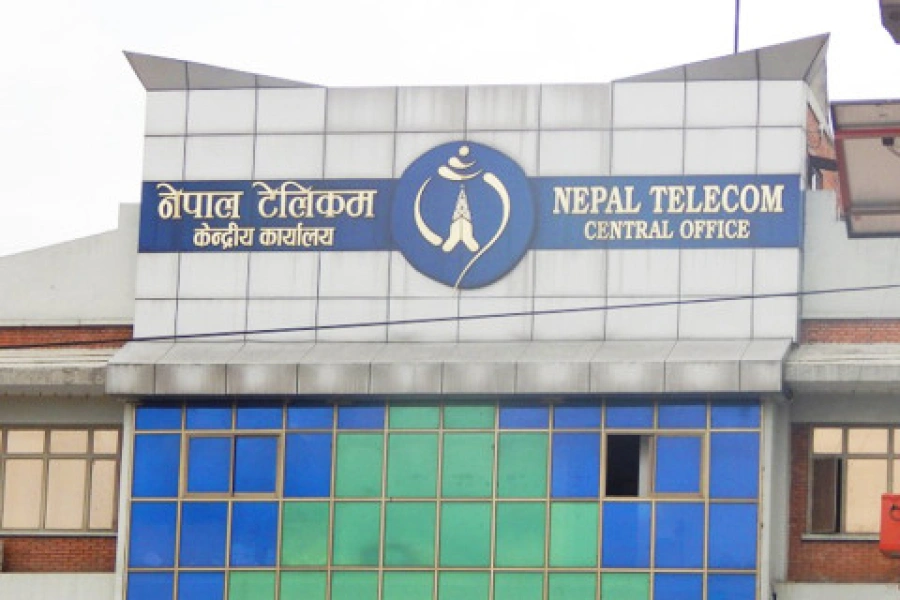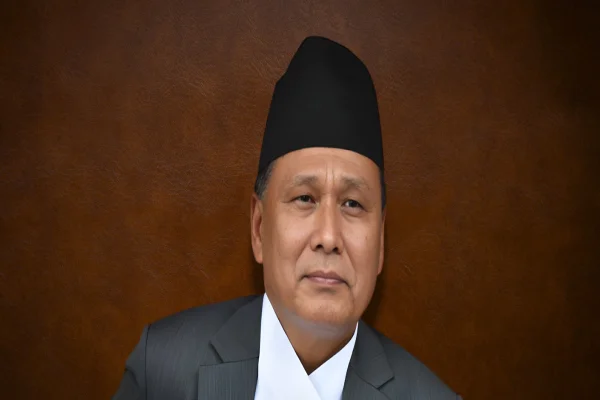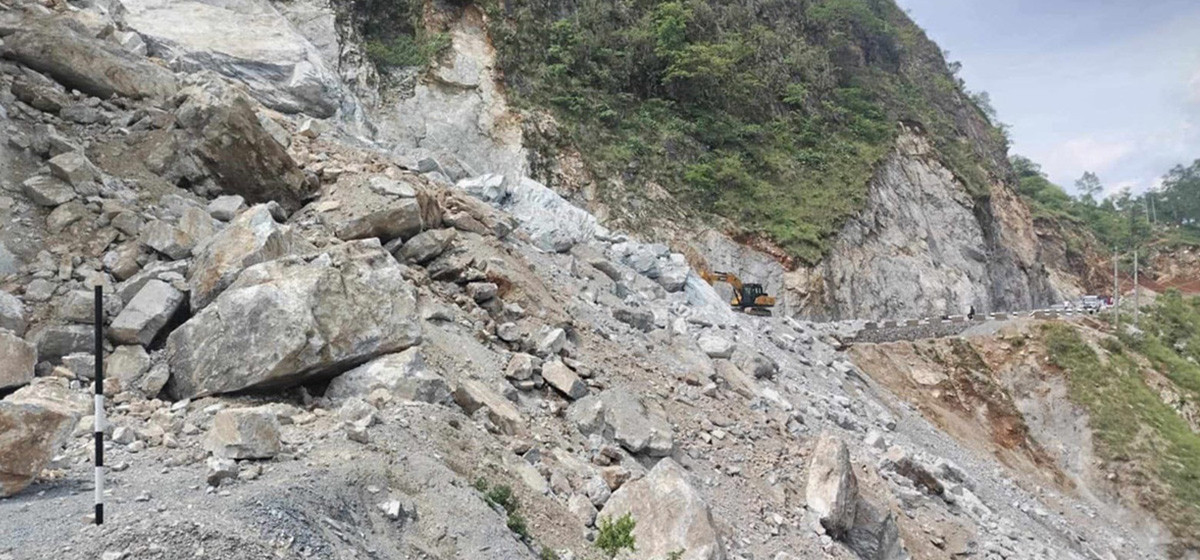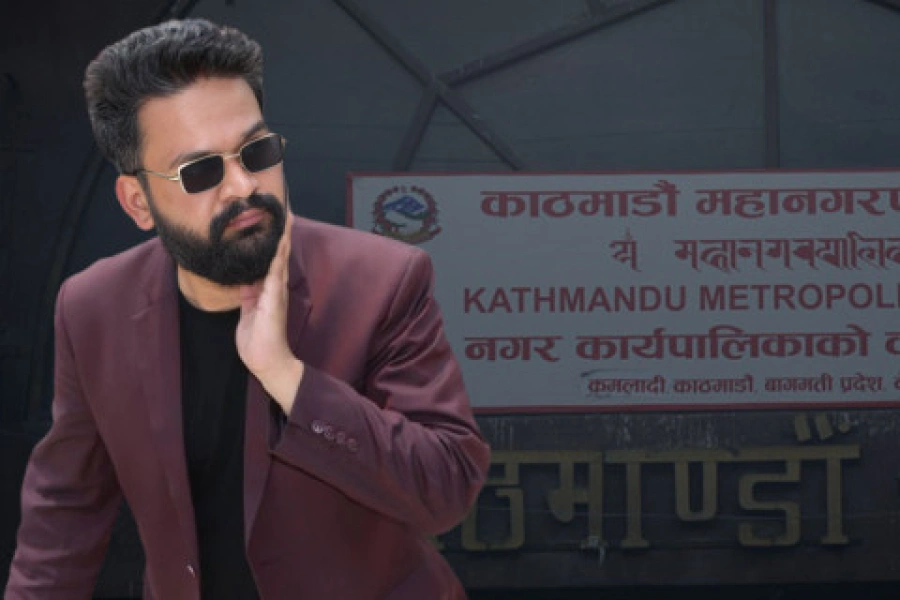NPC reconstruction plan
The preliminary draft of the four-stage rehabilitation and reconstruction plan of National Planning Commission (NPC) covers pretty much all bases. The four stages are: immediate rescue and relief efforts; preliminary rehabilitation (short-term rehabilitation of earthquake victims who have lost their homes); rehabilitation of infrastructure (repair of damaged drinking water and health infrastructure, for instance); and fourth, long-term rehabilitation and reconstruction. In the first phase, the plan envisions continued mobilization of security forces for relief distribution, including food and medicines, and providing some money to the families that have lost their chief bread-winner. In the second phase, temporary housings will be built for affected families before the start of monsoon. The families will live in these houses—to be built with earthquake-resistant material and away from dangers of floods and landslides—for between six months to two years until permanent buildings are completed. Again, on principle, nothing wrong this either. But since the real monetary cost of damages is yet to be determined, and it will certainly run in billions of dollars, funding could be a problem.
New standards for cement, AAC blocks

The risk is that the attention of our donors could shift to other troubled hotspots around the world. It is thus important to utilize the current global attention on Nepal to maximum effect. This won’t be easy since our major donors are far from convinced at the ability of Nepali government channels to properly utilize collected money. These skeptical donors must be taken into confidence, that despite the shortcomings of our state machinery, the best way to help victims is still through official channels. This is crucial since even with the best of intentions Nepali actors by themselves won’t be able to shoulder this huge responsibility. In the final phase of the NPC plan, which is yet to be tabled in the Cabinet, permanent settlements are to be built for quake victims; and reconstruction of damaged infrastructures like highways, bridges, hydro projects and other public buildings are to be completed. This, again, would not be possible without international aid and expertise.
But as we have maintained, the only way to get Nepal back on its feet is for local actors to lead the process all the way through. Haiti, ravaged by another devastating earthquake in 2010, to this day has been unable to provide permanent housing to its 170,000 displaced people. Damaged schools and health posts are yet to be rebuilt. This state of disrepair is largely the result of Haiti’s total reliance on its international partners to rebuild the ravaged country. But since the international organizations they relied on were operating without any oversight and there was no prioritization of needs, most of the money brought into Haiti, it’s said, left the country in the form of consultant fees and technical support of international workers. The little that did actually trickle down to actual victims, in the form of vital food stuff for instance, also had an unintended consequence: locals became completely dependent on foreign help, many abandoned their work. It is thus important to goad people in worst affected districts like Sindhupalchowk and Gorkha to get back to their work; they could also be used on reconstruction; farmers could be provided seeds and fertilizers to till their land. In this, the NPC plan is a good start. But it’s not enough, also because it curiously fails to mention the autonomous national authority that was to be created to undertake rehabilitation and reconstruction works. Long-term plans must be clearly thought through to ensure Nepal doesn’t go Haiti’s way.





